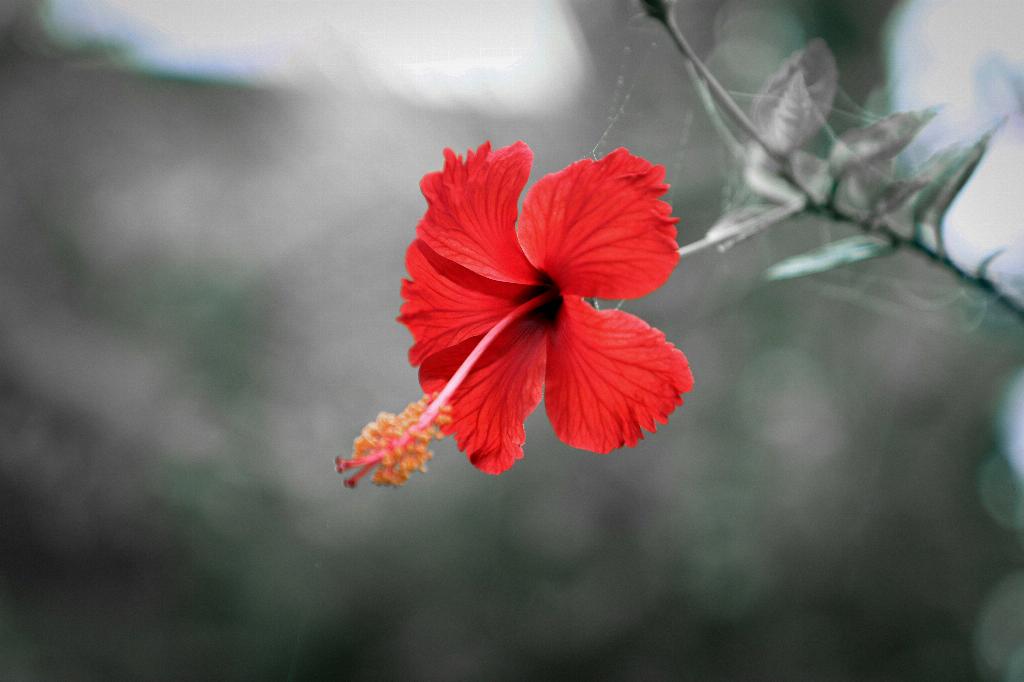When it comes to growing hibiscus, whether outdoors or indoors, there are a few key factors to consider to ensure the health and vibrancy of these beautiful flowering plants.
Choosing the Right Location
Outdoor hibiscus thrives in moist but well-drained soil, so it’s essential to select a spot that provides these conditions. Look for a warm and sunny location in your garden that is sheltered from strong winds. This will create the perfect environment for your hibiscus to flourish.
Soil Requirements
For outdoor hibiscus, using pots filled with loam-based, peat-free compost can help promote healthy growth. Make sure the soil is well-drained to prevent waterlogging, which can lead to root rot.
Lighting Needs
When it comes to indoor hibiscus, proper lighting is crucial. Place your plant in a bright location away from direct sunlight to prevent the leaves from getting scorched. Indirect sunlight will provide the right amount of light for optimal growth.
Watering Schedule
Both outdoor and indoor hibiscus plants benefit from regular watering. Outdoor plants may require more water during hot, dry spells, while indoor plants should be watered when the top inch of soil feels dry to the touch. Avoid overwatering, as this can lead to root rot.
Fertilizing Tips
During the growing season, hibiscus plants can benefit from regular fertilization. Choose a balanced fertilizer and follow the instructions on the packaging for best results. Over-fertilizing can harm the plants, so it’s essential to stick to the recommended dosage.
Pruning and Deadheading
Regular pruning can help promote healthy growth and encourage more blooms. Remove any dead or damaged branches to improve air circulation and prevent diseases. Deadheading spent flowers can also encourage the plant to produce more blooms.
Pest and Disease Management
Keep an eye out for common pests such as aphids and spider mites, which can infest hibiscus plants. Regularly inspect the leaves and stems for any signs of pests and treat them promptly to prevent infestations. Proper air circulation can also help prevent fungal diseases.
Temperature and Humidity
Hibiscus plants prefer warm temperatures and high humidity levels. Indoor plants may benefit from occasional misting to increase humidity levels. Avoid placing hibiscus plants near drafts or heaters, as sudden temperature changes can stress the plant.
Propagation Techniques
If you’re interested in propagating your hibiscus plants, you can do so through stem cuttings or seeds. Stem cuttings can be rooted in water or a propagation medium, while seeds can be sown in a seed-starting mix. Both methods require patience and care to ensure successful propagation.
Container Gardening
For those with limited outdoor space, hibiscus plants can thrive in containers. Choose a pot with good drainage holes and fill it with a well-draining potting mix. Be sure to water and fertilize your container-grown hibiscus regularly to promote healthy growth.
Conclusion
In conclusion, growing hibiscus plants can be a rewarding experience when you provide the right conditions and care. Whether you choose to grow them outdoors or indoors, following these tips can help you enjoy vibrant blooms and healthy greenery in your garden or home.

